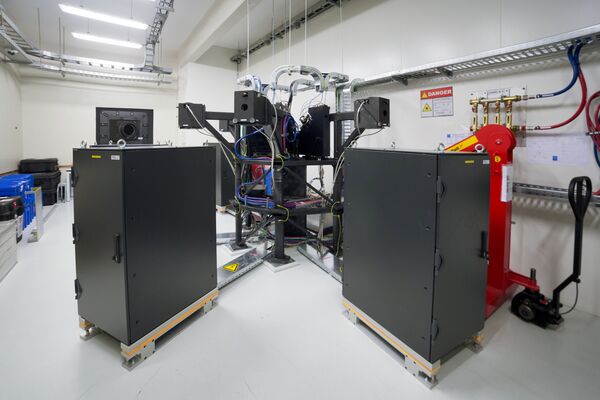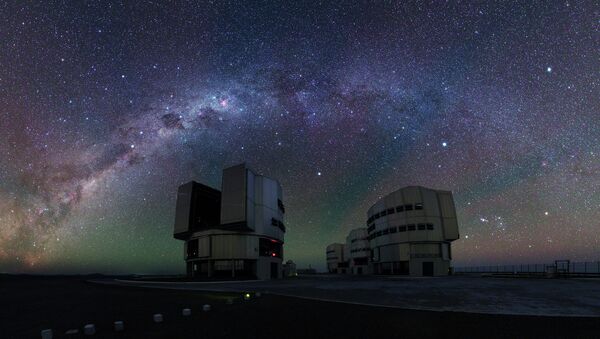Set to go live in October, Espresso, which will be connected to all four telescopes that make up the VLT, will search the universe for Earth-like planets both in and outside of our solar system.
To find said planets, Espresso will take advantage of the VLT and its 8.2-meter diameter paranal telescope mirrors to use light it detects from far-away stars to zero in on exoplanets. Once a planet is found, it will examine the quality of its atmosphere and determine whether or not it contains nitrogen, oxygen, carbon dioxide and water, according to officials.

"Espresso will be available on all four telescopes at once, which is something that had never been done before," program manager Gaspare Lo Curto told AFP. "That means the likelihood of finding planets similar to Earth in mass and size, or the conditions for life, are greater."
"Espresso will be 10 times more precise than the most precise instrument in the world, HARPS, and will also have the flexibility of serving each of the telescopes at the Paranal Observatory," Lo Curto added.
HARPS, otherwise known as High Accuracy Radial Velocity Planet Searcher, is also located in at the Paranal Observatory in Chile's Atacama Desert. However, it isn't as precise as Espresso and is connected to a less powerful telescope, so it can only detect planets larger than Earth, which tend to be gas giants and therefore not hospitable to life.
For Rodrigo Herrera Camus, a Chilean astronomer on the team, Espresso is a "great opportunity" that will "help us answer one of the greatest questions we have in astronomy, which is analyzing and understanding planets outside our solar system," he told AFP.
First installed below the VLT in 2017, officials indicated that Espresso's technology is so delicate that it has to be stored at —238 degrees Fahrenheit for its instruments to work effectively. The new gadget will be stationed under the VLT for another 10 years.

